Thinking of planting trees in Australia? You don’t need to wait for winter. With the right care, summer is an ideal time to plant trees in your garden, particularly if you’re after fast growth, quick establishment, and lush landscaping results.
Summer planting lets trees take advantage of longer daylight hours, warm soil, and active root growth conditions. When done right, trees planted now settle in faster and start growing well before winter sets in. Below are five expert reasons to consider summer planting, followed by our top recommended hedging trees for Australian gardens, as well as those suitable for privacy and screening.
5 Reasons to Plant Trees in Summer
Discover the top reasons why summer is the best time to plant trees in your Australian garden, and how it can help you achieve fast growth, privacy screening, and lush landscaping results:
1. Longer Days, More Growth
In summer, extended daylight hours mean more time for your trees to photosynthesise, supporting faster development, stronger root systems, and vigorous structural growth. This is especially crucial for young trees and saplings that need extra energy to establish themselves quickly in your landscape or garden beds.
2. Warm Soil = Active Roots
Summer’s warm soil temperatures activate rapid root growth, allowing newly planted trees to adapt to their site and draw up essential water and nutrients. With regular watering and proper mulching, summer-planted trees establish themselves more quickly, resulting in healthier, more resilient plants that thrive throughout the year.
3. Ideal for Quick Impact
If you want to create an instant privacy hedge, fast-growing shade tree, or a dense garden screen, summer planting delivers quick visual results. Trees established in summer show visible foliage and height gains before winter, helping you achieve privacy, windbreaks, and garden boundaries sooner.
4. Healthy Soil Microbial Activity
Warm summer conditions enhance soil microbial activity, which is crucial for breaking down organic matter, enhancing soil fertility, and promoting long-term root health. Healthy soil teeming with beneficial microbes ensures your trees receive the nutrients they need for robust growth and disease resistance.
5. Stronger Trees Come Winter
Trees planted in summer have more time to establish roots and acclimatise before facing cold weather, frost, wind, or transplant stress in winter. Early establishment means your trees are stronger, more resilient, and better able to withstand seasonal challenges, resulting in thriving, long-lived hedging, screening, and ornamental trees in your garden.
By planting trees in summer, you set the stage for lush, healthy landscaping, effective privacy screening, and quick garden transformation. For more expert advice on the best Australian trees for hedges, privacy, and shade, explore our top recommendations below.
Our Top Hedging Trees to Plant in Summer
1. Backyard Bliss Lilly Pilly
The Backyard Bliss Lilly Pilly (Syzygium australe ‘Backyard Bliss’) is a standout among modern Australian hedging trees and is widely regarded as one of the best privacy trees for suburban gardens. Renowned for its rapid growth rate, lush, vibrant evergreen foliage, and ability to form a dense hedge, this cultivar has become a favorite in landscaping across Australia. Originally bred for its resilience to common pests (particularly the unsightly psyllid), Backyard Bliss is as tough as it is beautiful. Its dense growth habit makes it ideal for privacy screens, noise reduction, and windbreaks, while the striking new flushes of red growth add year-round color and visual interest. This hardy tree is adaptable to a range of soil types, tolerates pruning, and thrives in both full sun and part shade, making it an excellent choice for low-maintenance, drought-tolerant gardens and high-impact landscaping solutions.
Key Features:
- Height: 3–4m
- Width: 1.5–2m
- Flowers: Creamy white
- Foliage: Glossy green with bright red flushes
Why It’s Special:
Psyllid-resistant and low-maintenance, this Lilly Pilly variety forms a dense screen quickly, providing excellent privacy and noise reduction for suburban gardens. Its tidy form and colourful new growth make it a popular choice for creating a lush, attractive hedge. The Backyard Bliss can be pruned to maintain a neat shape and is highly adaptable to various soil types, making it suitable for both beginner and experienced gardeners. It is also resistant to most common pests, reducing the need for chemical treatments.
Perfect Pair:
Pairs well with clipped Buxus balls or Laurus nobilis for a striking, classic look. The neat, rounded shapes of Buxus or the upright, glossy foliage of Laurus nobilis create visual contrast against the dense, vibrant growth of Backyard Bliss. This combination not only adds textural interest but also brings added structure and year-round greenery to your landscape, making your hedge the standout feature of your garden.
Tips for Planting:
Space 1m apart to ensure good airflow and even growth. Water well throughout the summer, especially during prolonged dry spells, to help young plants establish deep roots. Apply mulch around the base to retain moisture and suppress weeds. Prune lightly after new growth flushes to encourage a dense, bushy hedge and maintain your desired shape.
2. Syzygium Resilience
A newer addition to the Syzygium family, ‘Resilience’ is named for its exceptional ability to withstand challenging conditions. This Australian native plant is specifically selected for its resistance to psyllid attack, a trait that sets it apart from many other Lilly Pillies and makes it a top choice for low-maintenance, pest-resistant hedges. Syzygium Resilience is prized not only for its robust nature but also for its dense, glossy, evergreen foliage and attractive white, fluffy blooms. It responds well to shaping, making it suitable for both formal and informal hedges. Its compact size and tolerance to pruning, heat, and even occasional dry spells make it a reliable performer for privacy screens, noise barriers, and garden borders in a variety of urban and suburban garden settings.
Key Features:
- Height: 3–4m
- Width: 1.5–2m
- Flowers: White, fluffy
- Foliage: Dense, glossy green
Why It’s Special:
Tolerates heat, shaping, and pests with ease. This compact, fast-growing Lilly Pilly is ideal for neat hedging or informal screens and is especially valued for its ability to maintain dense foliage even in challenging conditions. Its resistance to psyllids means fewer pest issues, and it can be clipped into formal shapes or allowed to grow naturally for a softer effect.
Perfect Pair:
Pairs well with Waterhousia for a layered planting effect that combines the upright, dense form of Syzygium Resilience with the soft, weeping foliage of Waterhousia. This pairing creates depth and movement in your garden, offering both structure and a gentle, natural feel. The contrast between the two also helps highlight each plant’s unique features, resulting in a visually appealing and harmonious landscape.
Tips for Planting:
Plant 1m apart in a sunny or partly shaded location with well-drained soil. Water regularly during dry periods, providing deep soaking to encourage root development. Apply mulch to conserve soil moisture, and trim lightly after each flush of new growth to maintain a tidy, dense hedge. Fertilise in spring with a slow-release fertiliser to promote healthy foliage.
3. Ficus hillii ‘Flash’
Ficus hillii ‘Flash’ is a fast-growing, evergreen tree highly valued for its versatile use in contemporary hedging and garden screening. Its distinctive feature is the bright lime green new growth, which contrasts beautifully with mature, glossy foliage. ‘Flash’ is well-suited to formal hedges and pleached screens, commonly used for creating elegant, structured garden boundaries and living fences. Native to Australia, this variety is adaptable to a wide range of environments, tolerates urban pollution, and copes well with regular pruning. Its vigorous growth and dense habit make it ideal for gardeners seeking instant impact, low-maintenance landscaping, and a long-lasting green privacy wall.
Key Features:
- Height: 4–6m
- Width: 2–3m
- Flowers: Insignificant
- Foliage: Lime-green new growth, dense and glossy
Why It’s Special:
Great for formal hedges or pleached screens, 'Flash' Ficus is prized for its fast, bold, and reliable growth. Its bright lime-green new leaves are highly ornamental and provide a stunning contrast to older foliage. The tree’s ability to tolerate pollution and frequent pruning makes it a top choice for urban gardens and streetscapes. Its dense canopy offers excellent privacy and wind protection.
Perfect Pair:
Pairs well with Laurus nobilis or Magnolia 'Teddy Bear', both of which bring additional evergreen structure and interest. Laurus nobilis offers aromatic, deep-green foliage and a formal look, while Magnolia 'Teddy Bear' adds bold, velvety leaves and creamy flowers. This combination enhances the lush, vibrant appearance of Ficus hillii ‘Flash’, making it perfect for layered hedges or mixed privacy screens.
Tips for Planting:
Space 1m apart for a dense hedge or a little wider for a more natural look. Plant in well-drained soil and water thoroughly during establishment. Prune regularly to maintain the desired shape and to encourage bushy growth. Apply a controlled-release fertiliser in spring to support vigorous foliage production, and check for pests such as scale or mites.
4. Ficus hillii
Often referred to as the Hill’s Weeping Fig, Ficus hillii is a robust evergreen tree known for its substantial canopy and dense, dark green foliage. Unlike its cultivar ‘Flash’, the standard Ficus hillii develops a broader, more voluminous structure, making it a prime candidate for thick, effective screening, privacy hedges, and garden windbreaks. Its adaptability to trimming and shaping allows gardeners to create everything from formal, neat hedges to informal, flowing boundaries. Ficus hillii is tolerant of a variety of soils, drought, and urban conditions. Its vigorous growth ensures quick results for those seeking fast privacy, shade, and a long-lasting garden screen in larger gardens or landscaping projects.
Key Features:
- Height: 4–6m
- Width: 3–4m
- Flowers: Not significant
- Foliage: Dark green, broad-leafed, and dense
Why It’s Special:
With a broader canopy and greater volume than ‘Flash’, Ficus hillii is excellent for thick screening and providing deep shade in larger gardens or along property boundaries. Its robust growth habit makes it especially effective for creating long-lasting privacy barriers, windbreaks, and natural noise buffers. The tree's resilience to drought and urban pollution further enhances its appeal for both residential and commercial landscapes.
Perfect Pair:
Pairs well with clipped bay trees (Laurus nobilis) for a classic Mediterranean look. The formal, upright shape of the bay acts as a perfect complement to the broad, cascading foliage of Ficus hillii. Together, they create a structured yet lush boundary, bringing elegance and timeless style to larger gardens or formal landscapes.
Tips for Planting:
Space at 1.2m for optimal density. Plant in a well-drained location and water deeply during dry periods, especially during the first two years. Mulch generously to retain moisture and reduce weed competition. For a formal hedge, trim regularly to shape, while less frequent pruning can create an attractive, informal screen. Feed with a balanced fertiliser in the growing season.
5. Waterhousia floribunda
Commonly known as the Weeping Lilly Pilly, Waterhousia floribunda is an elegant, fast-growing Australian native tree perfect for large-scale screening, informal hedging, and privacy landscaping. Its graceful, pendulous branches and soft green leaves create a lush, tranquil effect in the landscape, while new pink-tinted growth adds a subtle splash of color. Waterhousia thrives in moist, well-drained soils and is best suited to frost-free climates. Its natural resistance to pests and diseases, combined with its rapid growth and minimal maintenance needs, make it a favorite for boundary plantings, windbreaks, garden borders, and as a stunning backdrop for Australian native gardens and eco-friendly landscaping.
Key Features:
- Height: 6–10m
- Width: 3–5m
- Flowers: Small white clusters
- Foliage: Soft weeping green with new pink growth
Why It’s Special:
Fast, elegant, and ideal for large boundary planting or informal hedging, Waterhousia floribunda is valued for its weeping form and soft, lush foliage. The tree’s natural resistance to pests and diseases makes it a low-maintenance option, while its ability to thrive in moist soils ensures vigorous growth in a range of garden settings. It’s also popular for its capacity to attract birds and provide habitat for native wildlife, enhancing biodiversity in your garden.
Perfect Pair:
Pairs beautifully with native grasses or flowering Grevilleas for an authentic Australian landscape. The fine, arching leaves of native grasses add softness and movement beneath the weeping foliage of Waterhousia, while Grevilleas introduce bursts of color and attract pollinators. This combination promotes biodiversity, supports native wildlife, and creates a low-maintenance, naturalistic garden effect.
Tips for Planting:
Best in frost-free sites with consistent moisture. Allow 1–1.5m spacing, depending on the desired hedge height and density. Plant in a sunny or partly shaded area and mulch well to retain soil moisture. Water regularly, particularly during dry periods. Prune after flowering to shape and maintain a dense screen. Consider underplanting with native groundcovers for a layered, natural effect.
6. Laurus nobilis ‘Miles Choice’
Laurus nobilis ‘Miles Choice’, a select form of the classic bay tree, brings both ornamental and culinary value to the garden. This evergreen Mediterranean native is prized for its deep green, aromatic leaves, which can be harvested for cooking year-round. ‘Miles Choice’ is especially valued for its upright, dense habit, making it ideal for formal garden hedges, topiary, or as a specimen screening tree. It is highly adaptable, tolerating drought once established, and thriving in full sun or partial shade, responding well to regular clipping and shaping. Hardy and versatile, this bay tree lends a touch of classic elegance and structure to landscaping projects, while also offering the practical benefit of fresh bay leaves for the kitchen and herb garden.
Key Features:
- Height: 4–6m
- Width: 2–3m
- Flowers: Pale yellow (spring)
- Foliage: Deep green, aromatic
Why It’s Special:
Tough and versatile, Laurus nobilis ‘Miles Choice’ forms dense hedging while also serving as a valuable culinary herb. Its aromatic foliage is prized for cooking, and the tree can be shaped into topiary or left to form a lush, evergreen screen. Drought-tolerant and long-lived, this bay tree is ideal for low-maintenance gardens and formal landscape designs. Its classic appearance and practical uses make it a standout addition to any garden.
Perfect Pair:
Pairs well with clipped camellias or lavender borders. The glossy evergreen leaves and seasonal blooms of camellias add classic elegance and structure, while lavender’s silvery foliage and purple flowers provide color, fragrance, and a Mediterranean touch. These combinations enhance the formal appearance of Laurus nobilis ‘Miles Choice’ and create a sophisticated, multi-layered planting scheme.
Tips for Planting:
Space 1–1.2m apart for a dense hedge or further for a looser effect. Plant in full sun to part shade in well-drained soil. Water regularly during establishment, then reduce frequency as the tree becomes drought-tolerant. Prune to maintain the desired shape, and harvest leaves for cooking as needed. Topdress annually with compost or a slow-release fertiliser to promote healthy growth.
Final Thoughts
Summer isn’t just a good time to plant; it’s one of the most effective seasons to establish hedging trees that will thrive for years. With the right watering and placement, you’ll see faster root growth, early foliage development, and more immediate impact. Whether you're starting a new screen, topping up an existing hedge, or designing a layered boundary, summer gives your trees a head start that winter planting can’t match.
Let us know if you'd like help choosing your combination, or explore our full hedging tree range online.


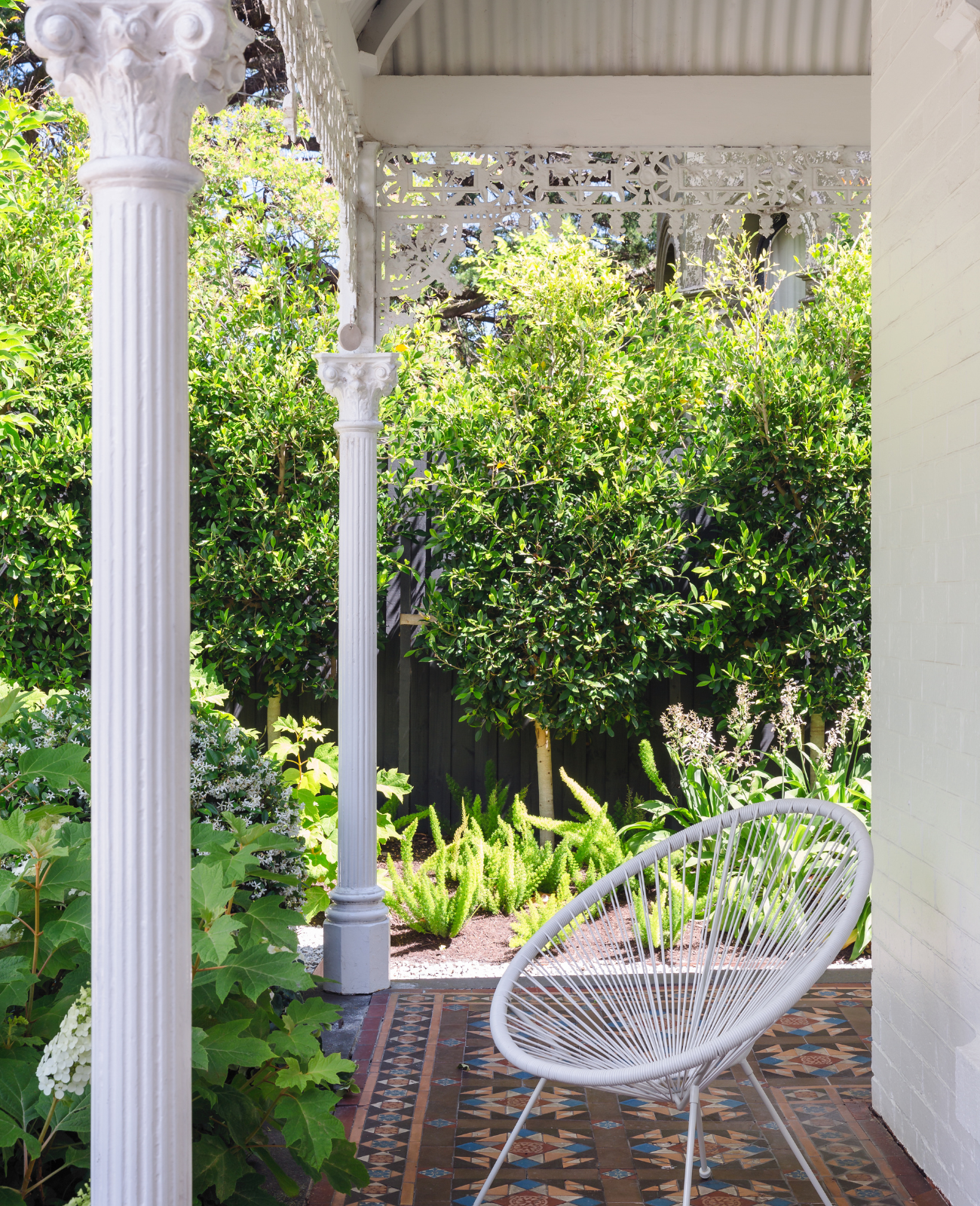
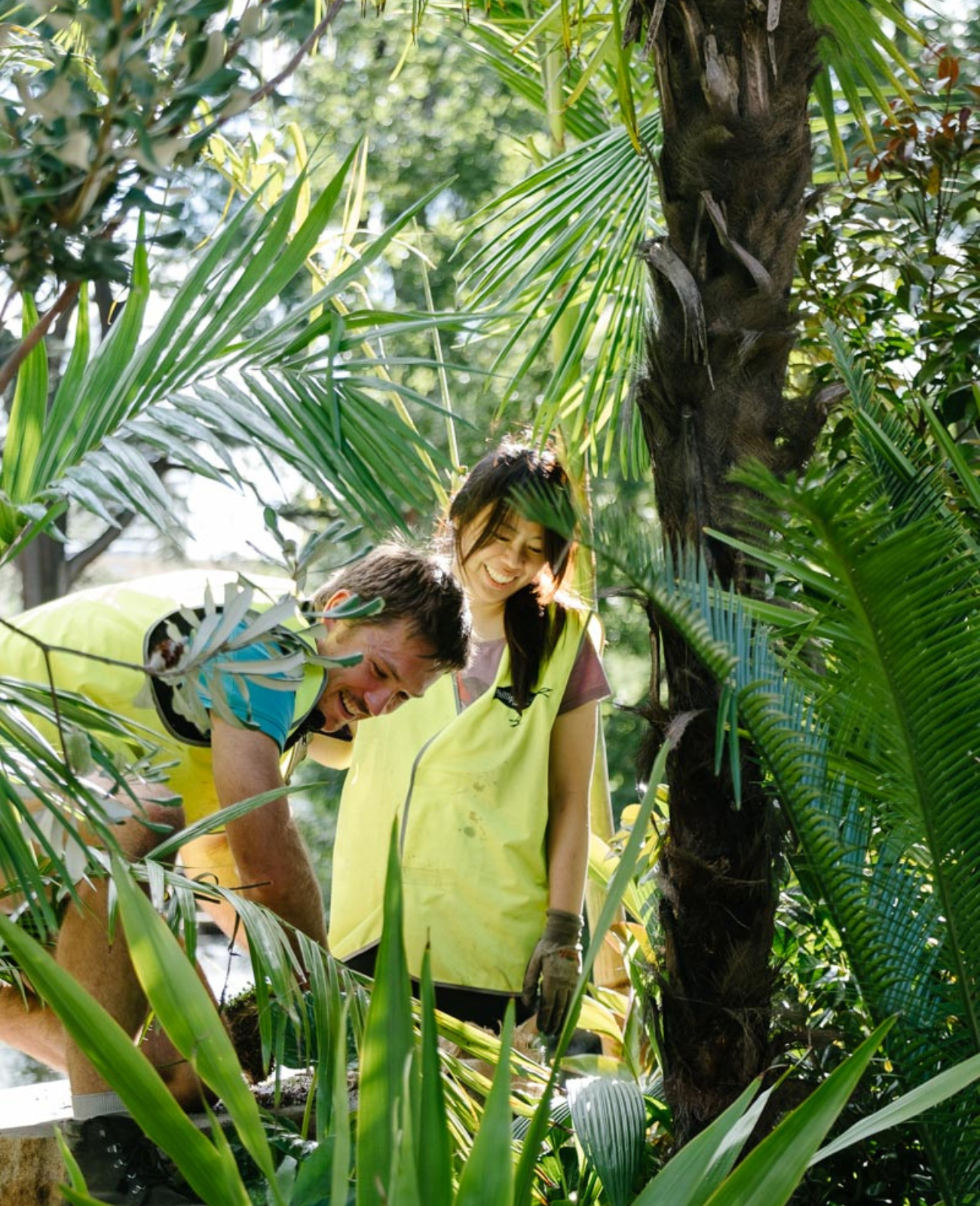

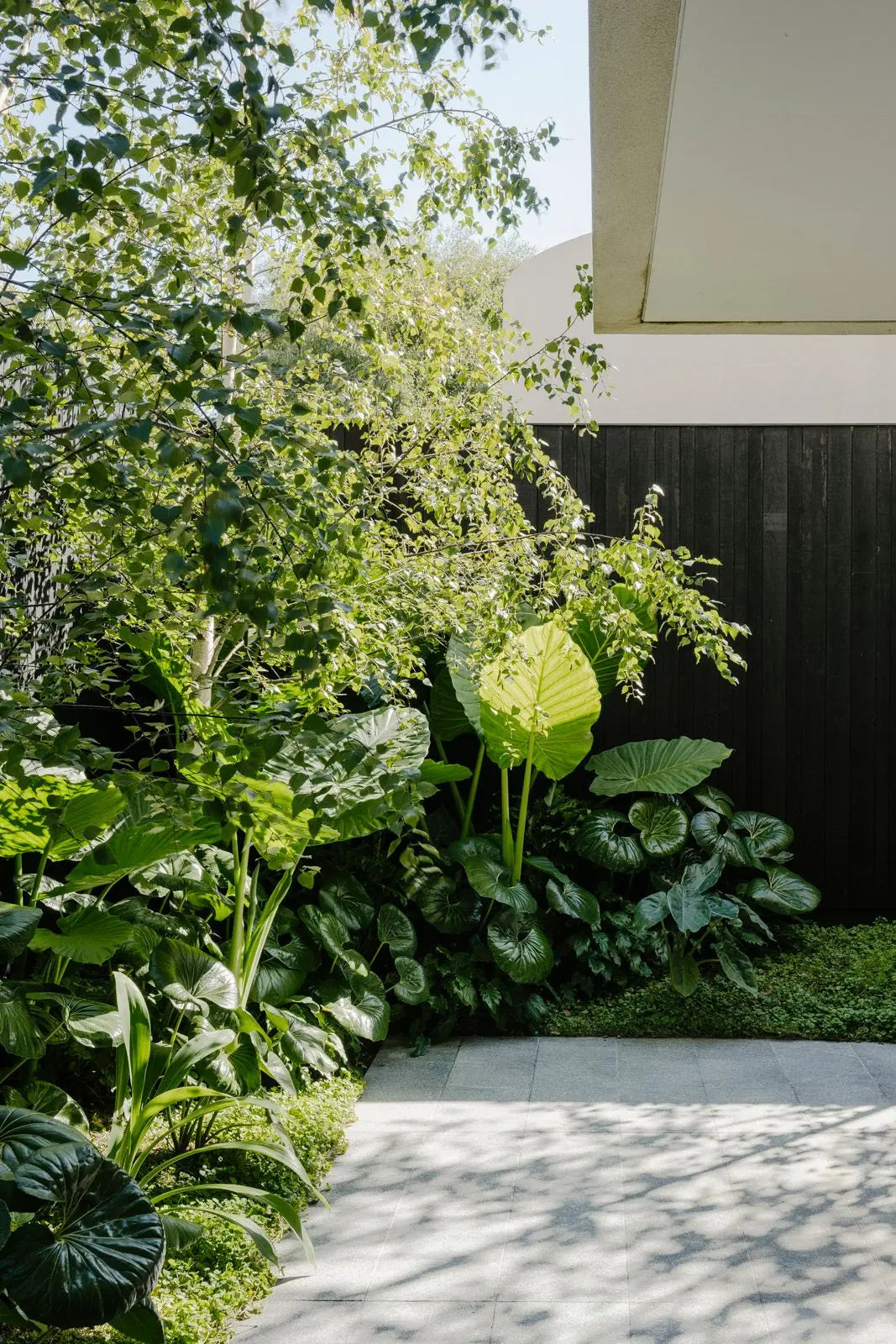

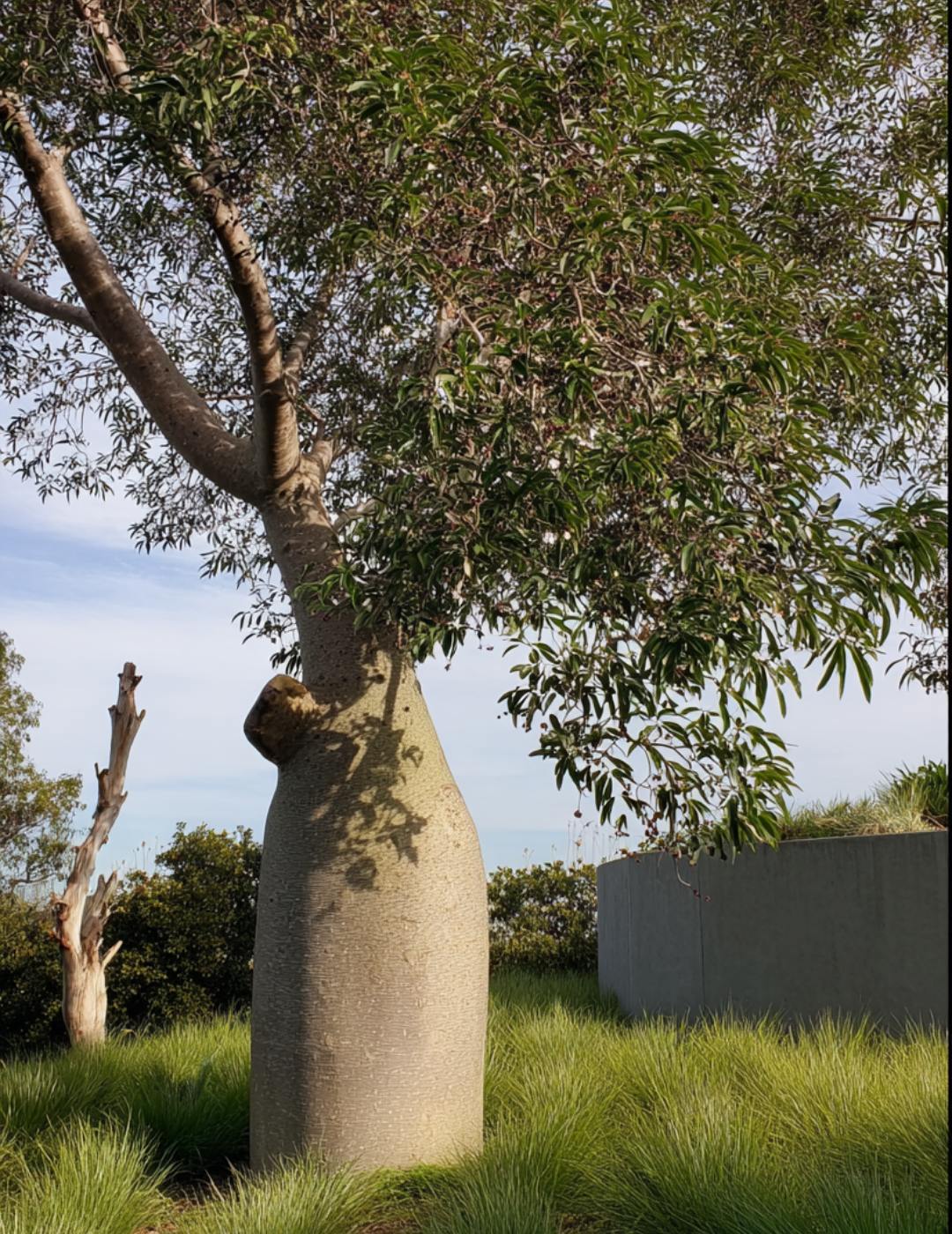
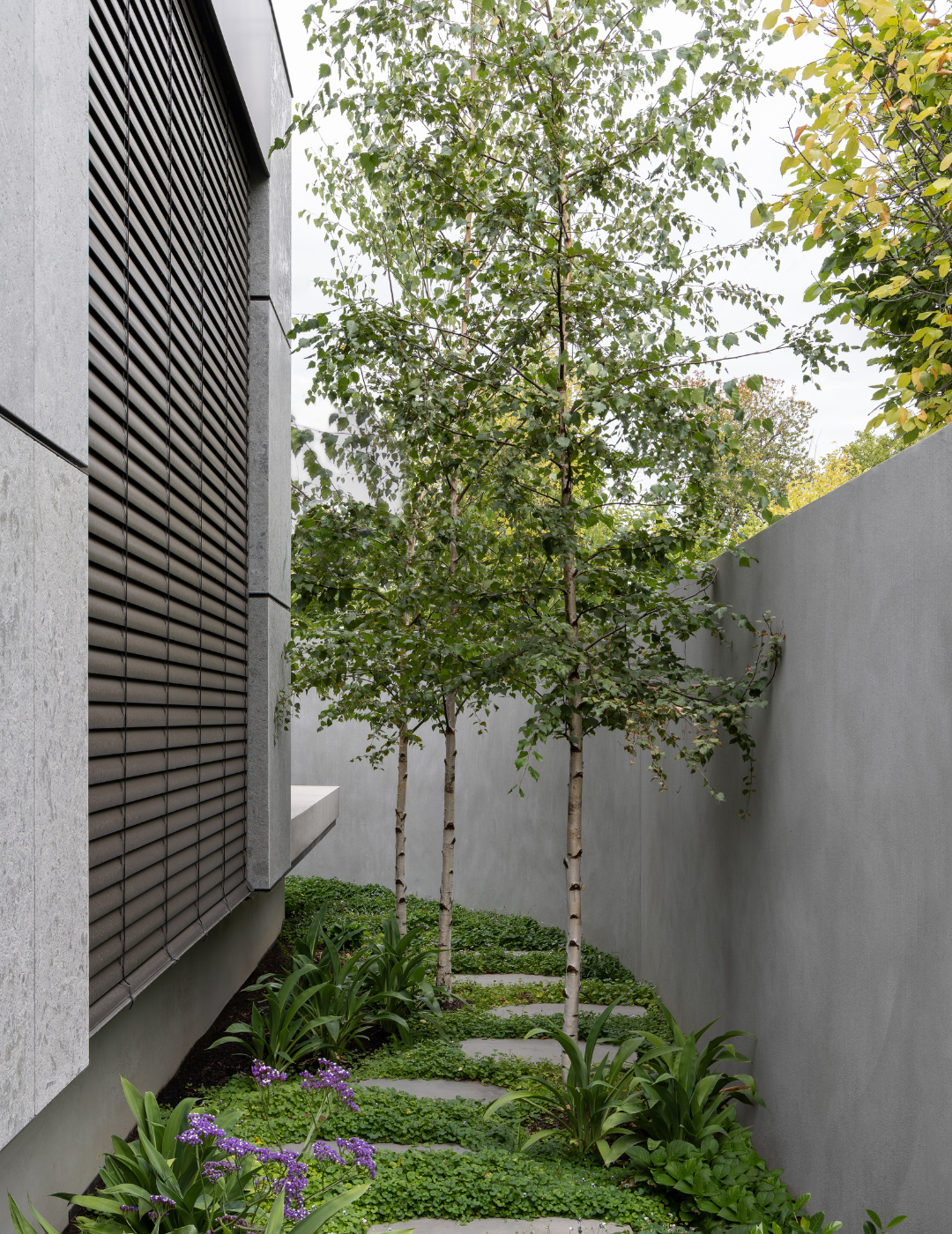





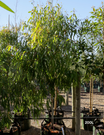
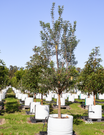
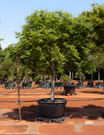
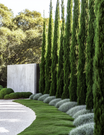

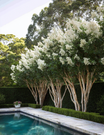
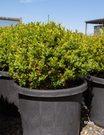
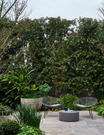
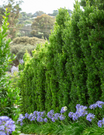
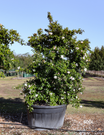

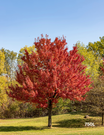

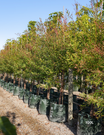

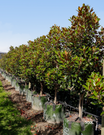
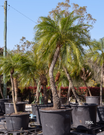

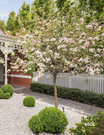
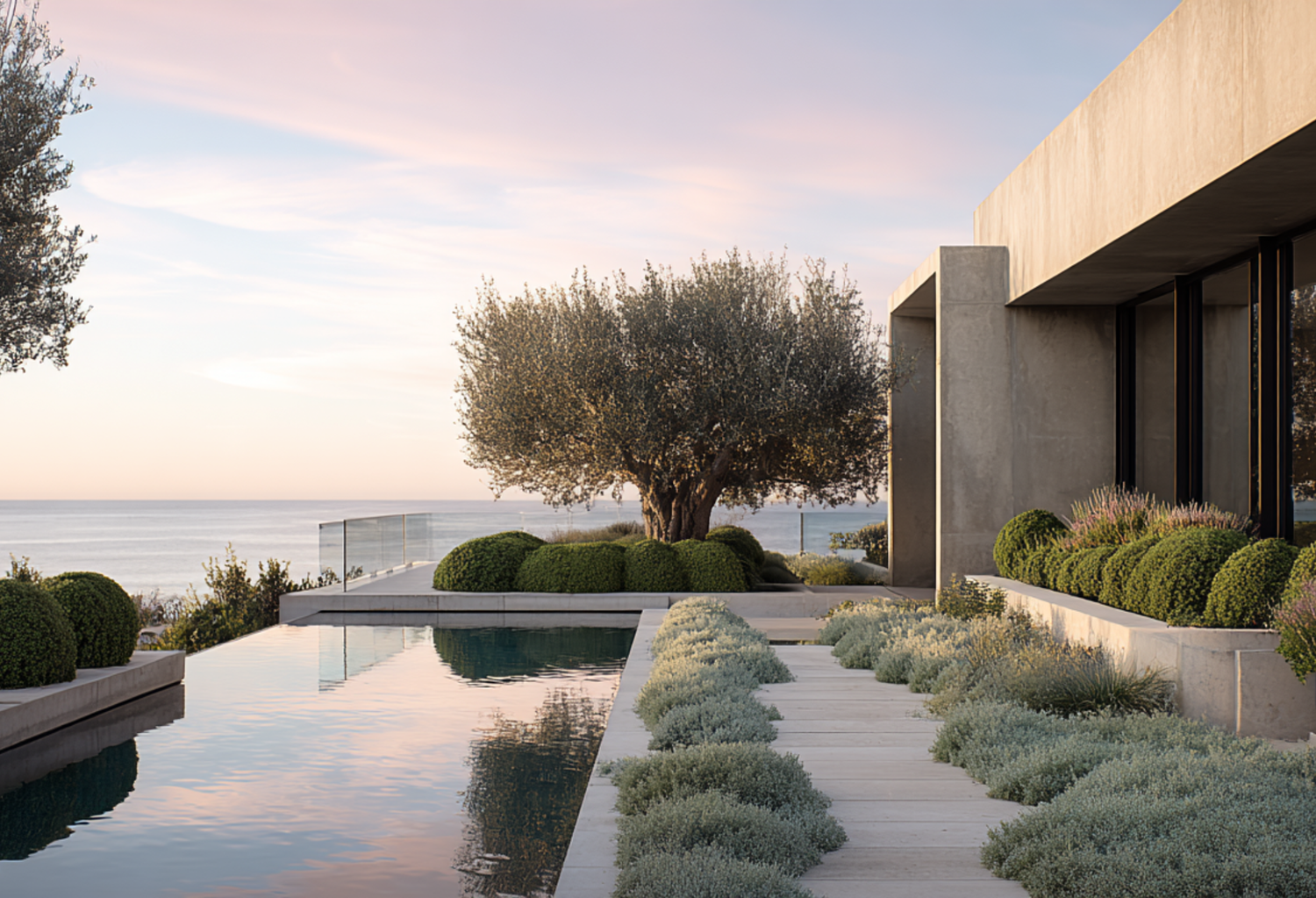
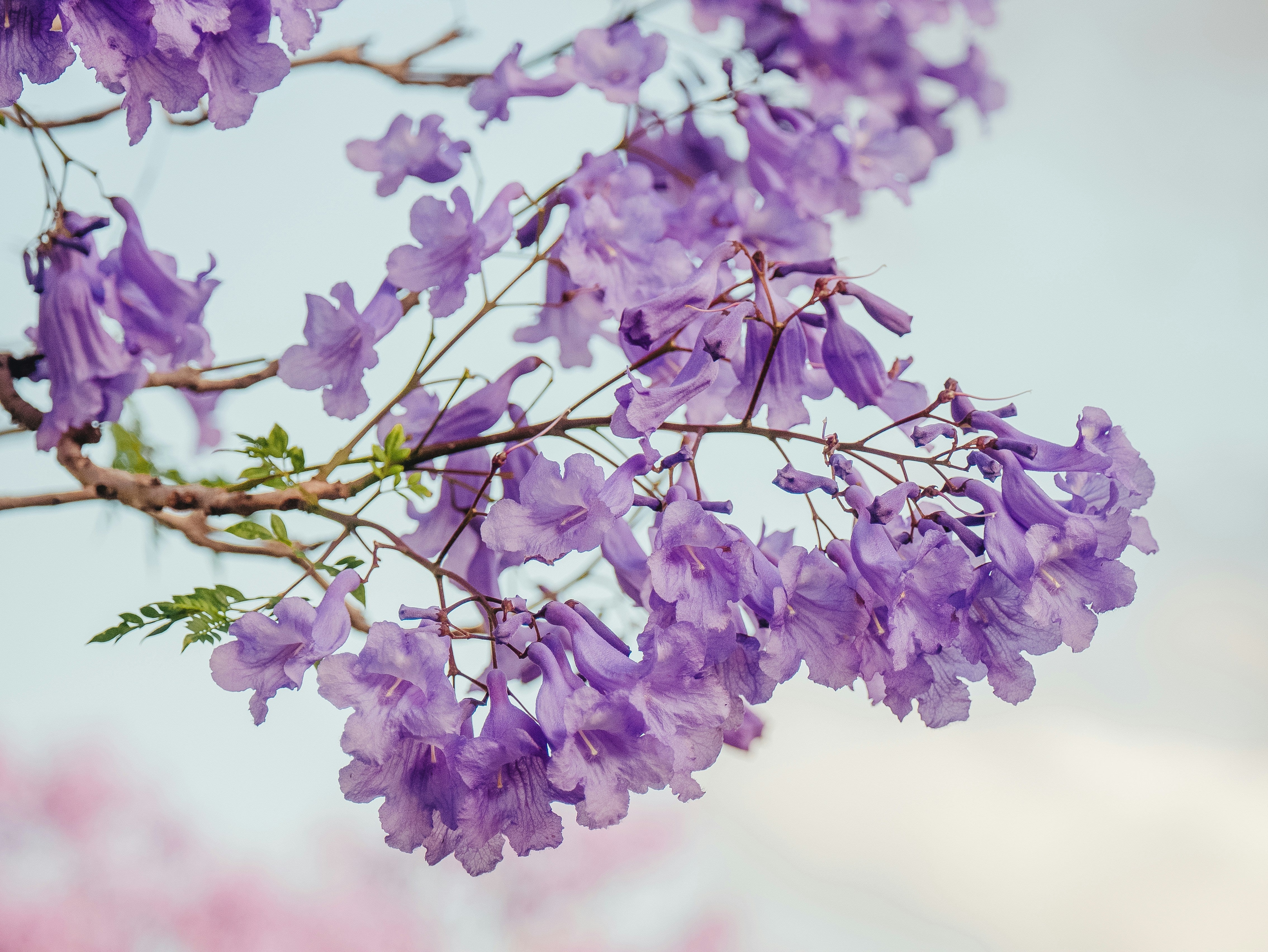


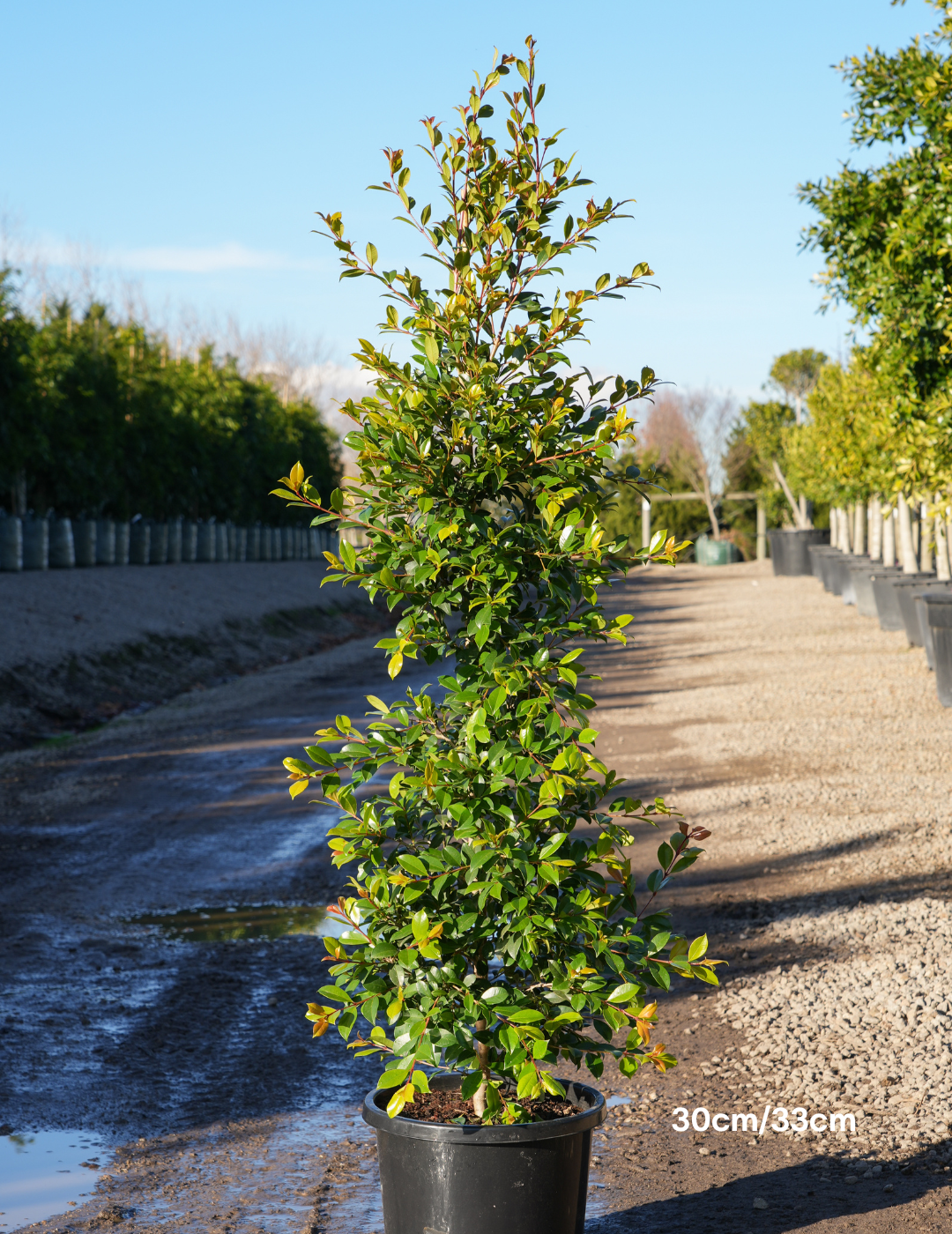

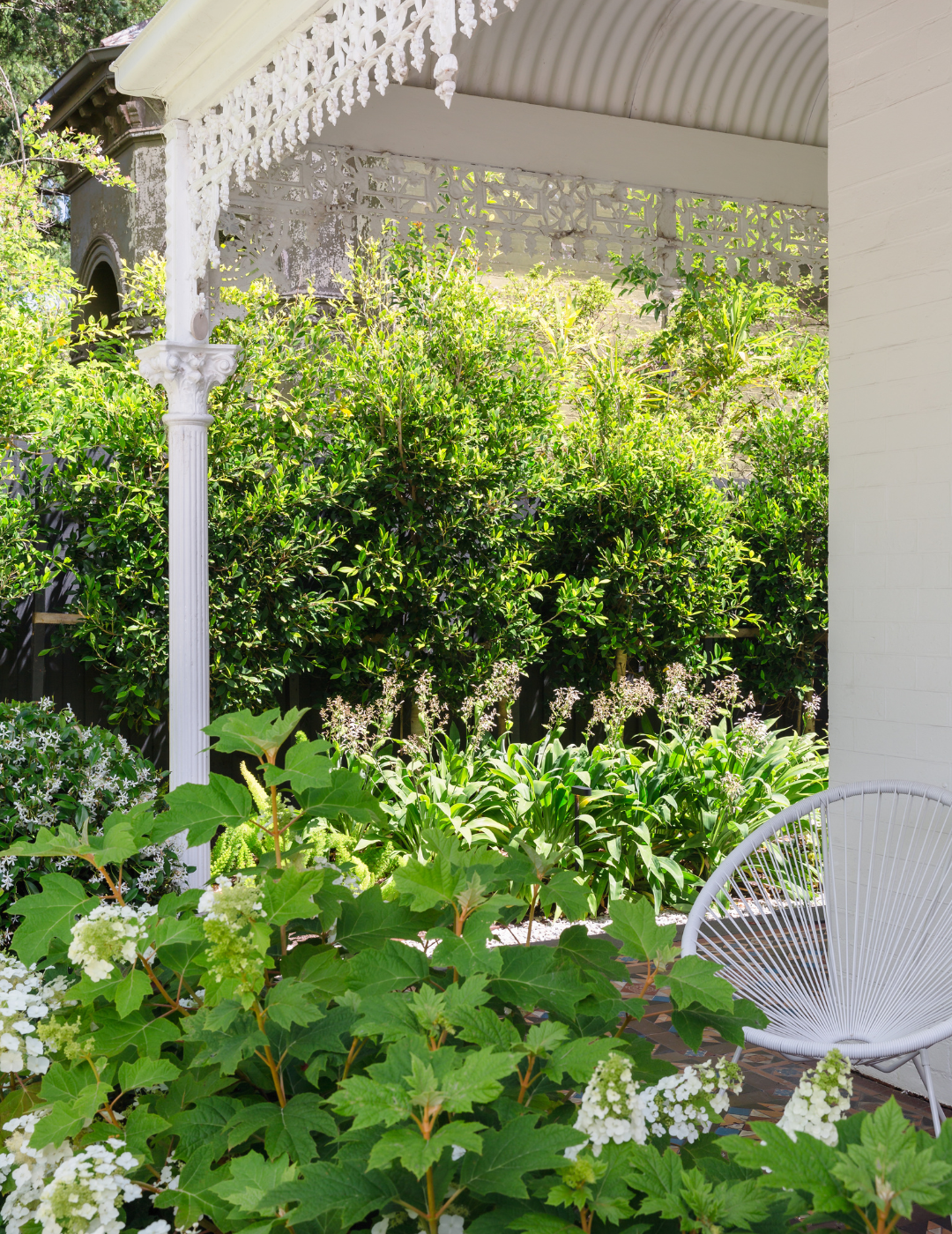
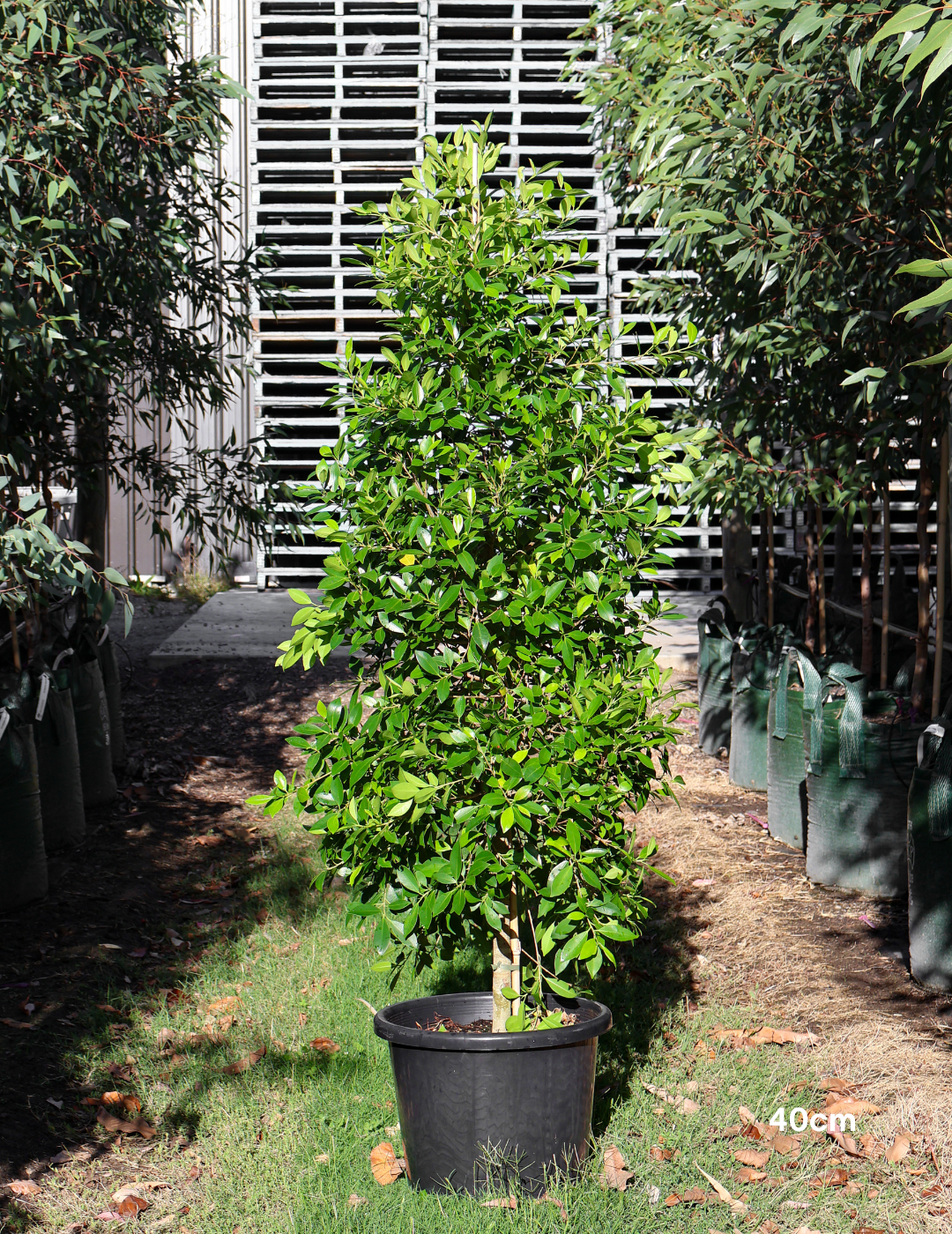
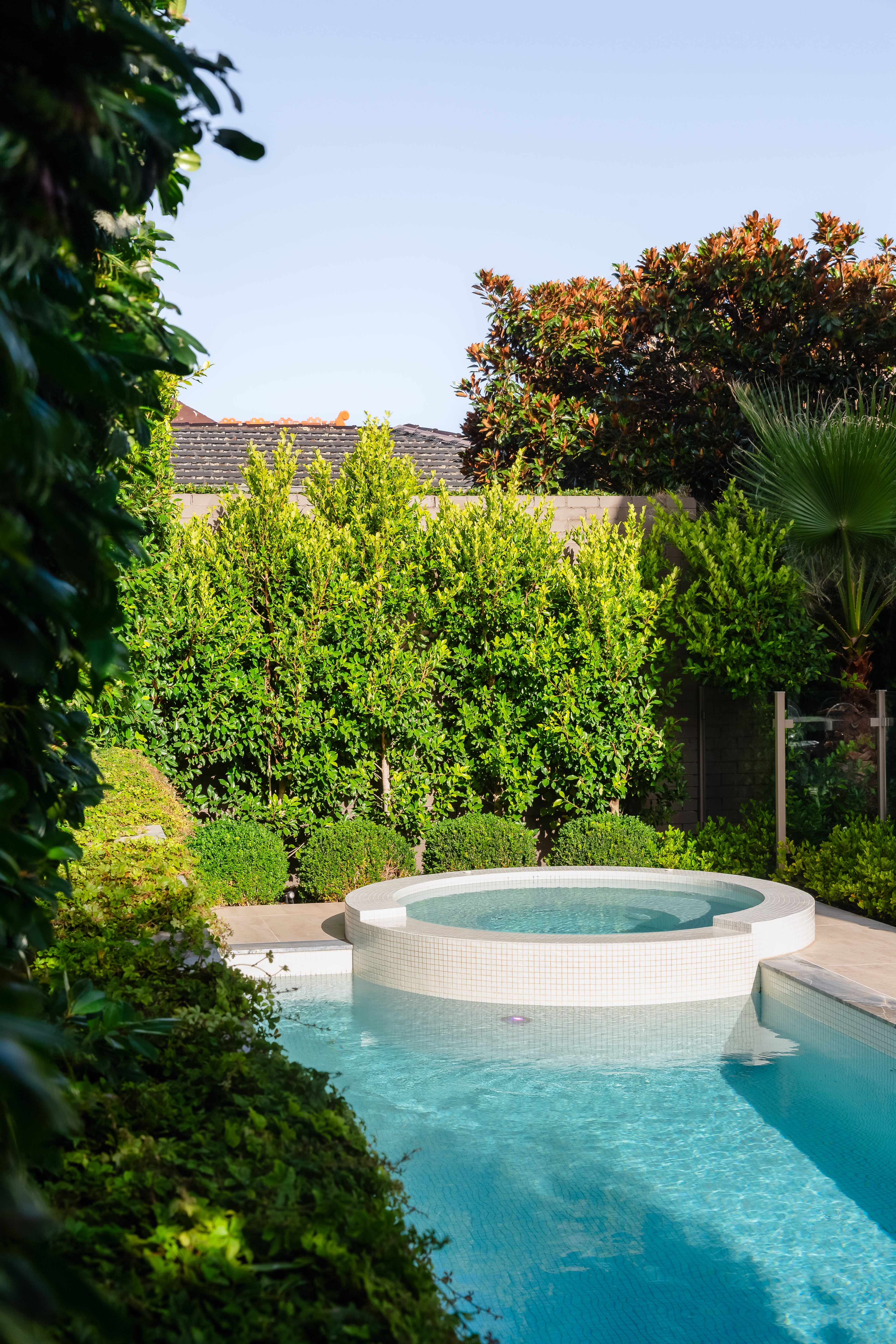

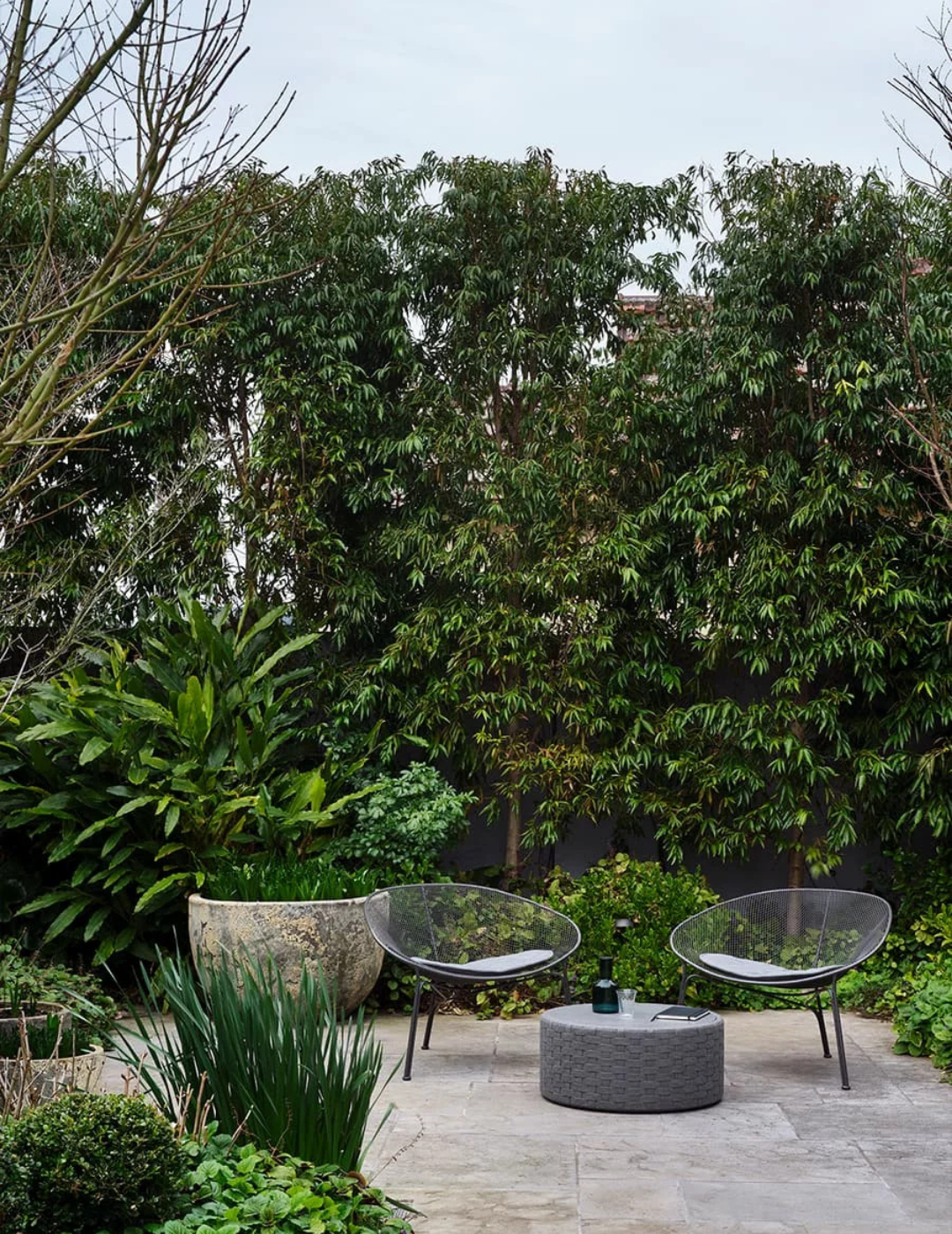
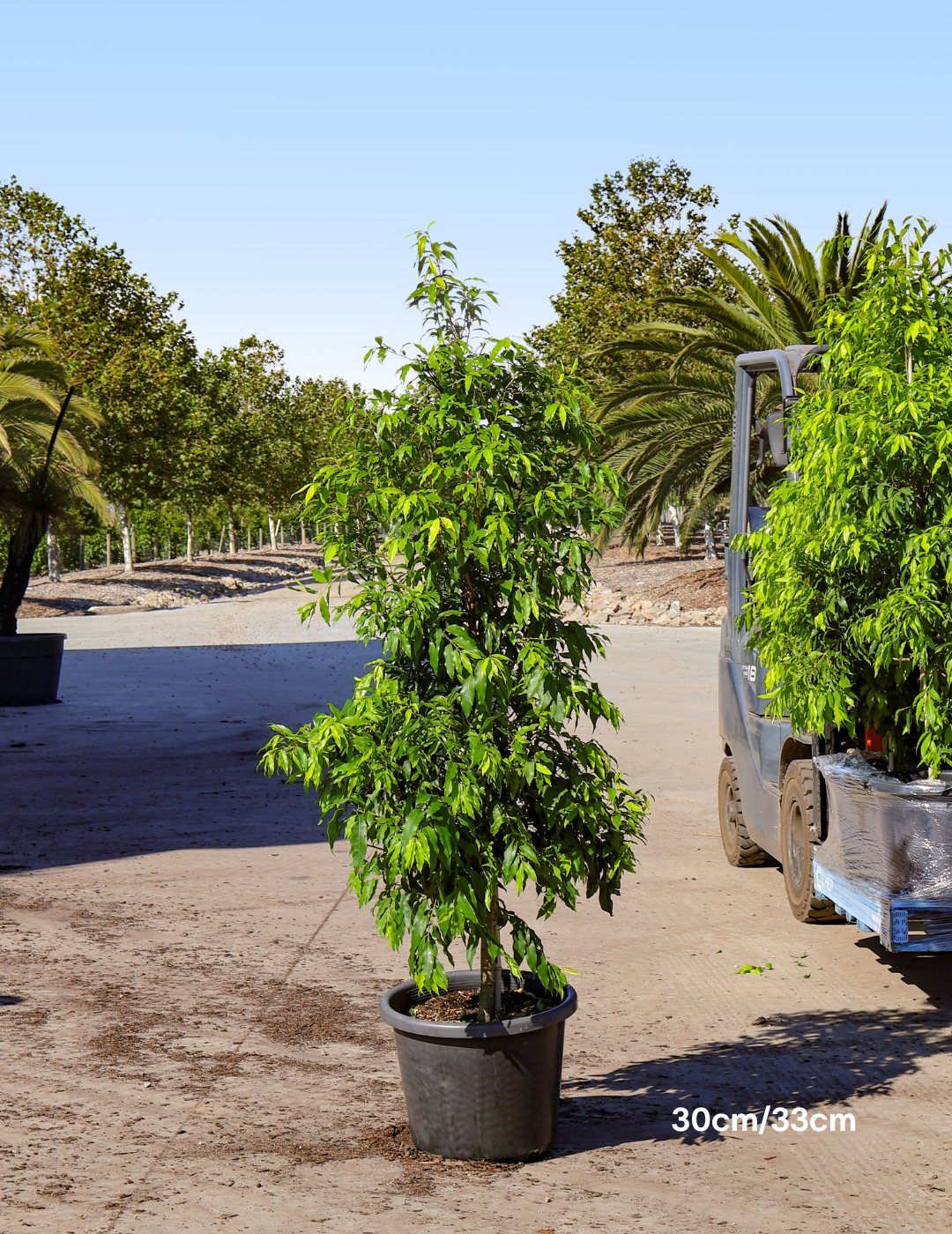


Leave a comment
This site is protected by hCaptcha and the hCaptcha Privacy Policy and Terms of Service apply.